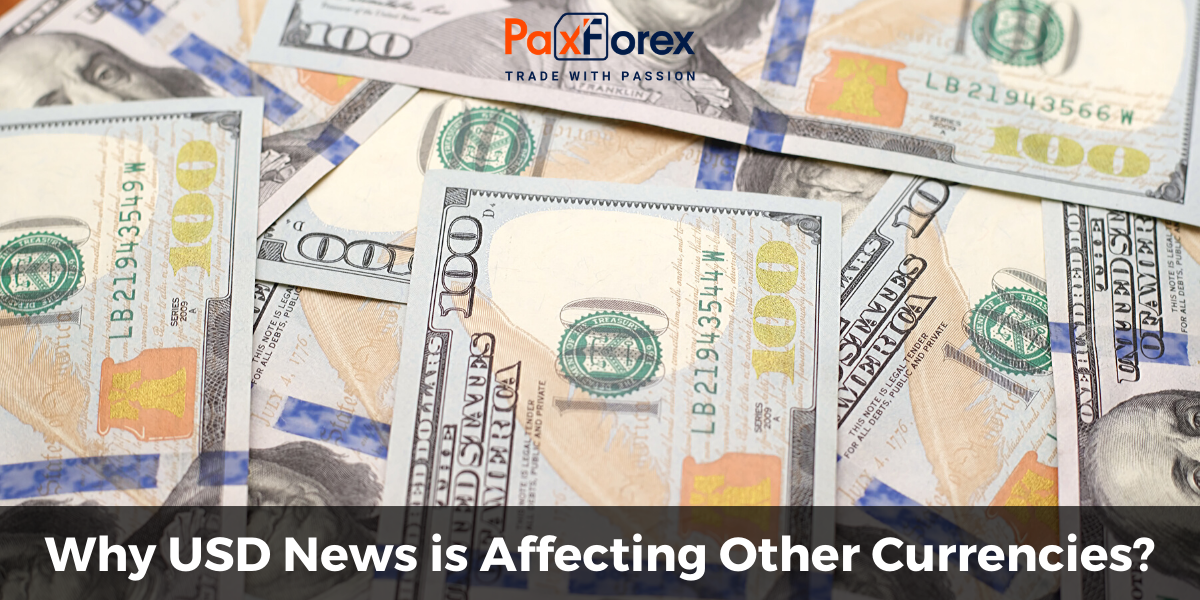
The value of one currency against another is in large part a function of central bank policies in each country. If a central bank pursues loose policy, low interest rates that increase the risk of inflation, a currency will fall in value relative to the currencies of its trading partners. When a central bank tightens policy, raises interest rates, then the currency generally strengthens.
When people in one country demand products from firms in another country, they must enter into another market first to buy that nation’s currency. For example, if you were employed as the merchandise buyer for a retail consumer electronics firm and wanted to buy some Sony product to sell to your customers, you would not simply send a check to Sony in the amount of American dollars. As a result, you would have to go into the foreign exchange market to buy yen so you can pay the product.
In recent months, the rising dollar has become a key theme in financial markets. Currency movements have always been complicated both in their causes and consequences. However, there are relatively straightforward explanations for the dollar surge in 2014. Moreover, while a higher dollar presents challenges for both investors and U.S. corporations, at this time it appears to be a positive force in the global economy and, in the long run, for global investors.
Expectations that the Federal Reserve will hike short-term interest rates this year have driven the U.S. dollar higher in recent months. The Fed's expected rate hike reflects confidence that the U.S. economy is strong enough to withstand a move toward higher rates. Drilling down to the consumer level, the stronger dollar is good news for U.S. tourists and can make it less expensive to travel abroad.
As supply and demand for currencies change, the values of those currencies change. When the U.S. dollar is strong, imports seem less expensive, leading to increased demand for imported products and the currency needed to purchase them. In addition, when interest rates in another nation are higher than those in the U.S., demand for the foreign currency rises, as people buy the currency in order to invest in the other nation’s securities. At the same time, a stronger dollar decreases exports, because they appear more expensive to foreign consumers.







